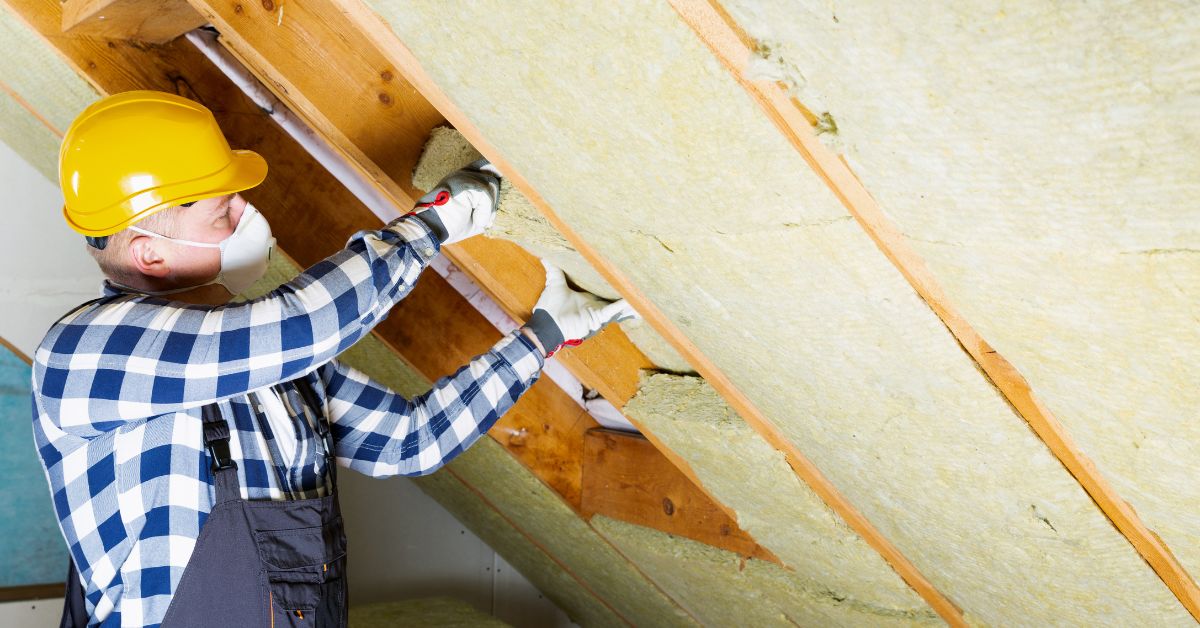Designing buildings that are both energy-efficient and comfortable relies on a single important factor: thermal insulation. Imagine it as your structure’s protective shield that works all year long. This barrier regulates the flow of heat between your interior space and the outdoor space.
Here’s a fact that may shock you. Buildings that are poorly insulated waste approximately 25-30% of their energy in the walls, roofs, and floors. That will be money wasted on power bills every month. Thermal insulation, however, has more than energy-saving advantages. It helps to minimise sound transmission, eliminate humidity, and increase the life of your building.
Experienced builders understand that selecting quality thermal insulating materials creates a lasting impact. Construction projects that utilize correct insulation deliver superior results for years, while also protecting our planet. Explore thermal insulation and its applications now matters for everyone working in construction industry.
What is Thermal Insulation?
Thermal insulation is used to reduce the flow of heat between two surfaces with dissimilar temperatures. Imagine that it is a clever coat of arms that makes the house warm in the cold and does not make it hot when the temperature rises. Insulation effectiveness relies on thermal conductivity measurements – products with smaller values excel at preventing heat movement.
Types of Thermal Insulating Materials
Different projects require unique approaches. One material cannot handle every case perfectly. Here are important types of thermal insulating materials that fits every types of construction.
- Mineral Wool – Resists flames well and excels at reducing noise transmission.
- Vermiculite and Perlite – These light natural minerals appear in building sites and industrial facilities worldwide.
- Fiberglass – Cost-effective choice that manages typical insulation tasks successfully.
- Foam Boards – Excellent at preventing heat movement in wall and roof applications.
- Reflective Barriers – Ideal for stopping radiant heat, particularly in warm climate regions.
Every material offers unique advantages. Your choice would be based on the requirements of your project.
How is thermal insulation used in Construction?
1. Roof Insulation
Roofs face the most severe temperature variations. Warmth exits through rooftops in winter while heat floods in during summer months. Adding thermal insulating materials to roof areas maintains cooler buildings in hot weather and warmer spaces in cold conditions. This basic improvement greatly enhances energy performance and comfort quality.
2. Wall Insulation
External and internal walls gain advantages from insulation using products like vermiculite boards or cavity-filling materials. This arrangement prevents heat movement, reduces external sounds, and maintains consistent indoor temperatures throughout all seasons. Wall insulation typically delivers the greatest return on investment.
3. Floor Insulation
Heat enjoys escaping through floors into earth below, while chilled air rises from underneath. Floor insulation addresses both challenges. Buildings with multiple levels gain particular benefits from this method. Correct floor insulation enhances comfort levels while reducing energy expenses substantially.
4. Ceiling Insulation
Ceiling insulation is used as an extra barrier against heat transfer. Insulation of ceiling spaces enhances energy efficiency, prevents moisture accumulation, and prolongs the lifespan of buildings by mitigating the effects of temperature on their structural elements.
Benefits of Thermal Insulation
Quality insulation delivers several benefits to every project:
- Energy Efficiency – Less energy is needed in the climate control mechanisms which means that utility payments are also less.
- Sustainability – Reduced energy utilization results into less harmful emissions.
- Worker Safety – Shield from hazardous extreme temperature environments.
- Durability – Machinery and structures survive longer with appropriate temperature management.
Conclusion
Grasping what thermal insulation is and recognizing your choices with thermal insulating materials demonstrates why selecting correctly matters tremendously. At Amol Minechem, we specialize in superior Cryogenic and perlite-based thermal insulation solutions designed for building and industrial uses.
Our products deliver effectiveness, protection, and reliable lasting results. This positions them as the preferred selection for projects of every size. When you choose us, you receive more than insulation materials you gain quality that endures through time.
